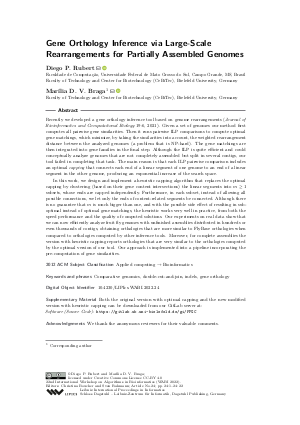LIPIcs.WABI.2022.24.pdf
- Filesize: 1.3 MB
- 22 pages

 Creative Commons Attribution 4.0 International license
Creative Commons Attribution 4.0 International license











Feedback for Dagstuhl Publishing